Fisher And Paykel DD24DCTW9 N Bruksanvisning
Fisher And Paykel
Diskmaskin
DD24DCTW9 N
Läs gratis den bruksanvisning för Fisher And Paykel DD24DCTW9 N (60 sidor) i kategorin Diskmaskin. Guiden har ansetts hjälpsam av 12 personer och har ett genomsnittsbetyg på 4.5 stjärnor baserat på 6.5 recensioner. Har du en fråga om Fisher And Paykel DD24DCTW9 N eller vill du ställa frågor till andra användare av produkten? Ställ en fråga
Sida 1/60

USER GUI D E
NZ AU US CA GB I E
DISHDRAWERT M DISHWASHER
DD60 and DD24
Double and Single models
Produktspecifikationer
| Varumärke: | Fisher And Paykel |
| Kategori: | Diskmaskin |
| Modell: | DD24DCTW9 N |
Behöver du hjälp?
Om du behöver hjälp med Fisher And Paykel DD24DCTW9 N ställ en fråga nedan och andra användare kommer att svara dig
Diskmaskin Fisher And Paykel Manualer

2 Oktober 2024

25 September 2024

24 September 2024

24 September 2024

23 September 2024

22 September 2024

22 September 2024

20 September 2024

20 September 2024

19 September 2024
Diskmaskin Manualer
- Juno-electrolux
- Haier
- Essentiel B
- Foster
- Sauber
- M-System
- Hotpoint-Ariston
- Everdure
- Parmco
- Sharp
- Moulinex
- Baumatic
- Equator
- Hestan
- Proline
Nyaste Diskmaskin Manualer
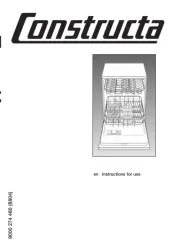
23 Oktober 2025
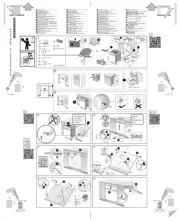
21 Oktober 2025
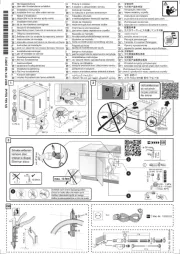
21 Oktober 2025
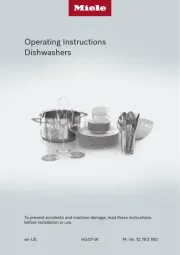
19 Oktober 2025
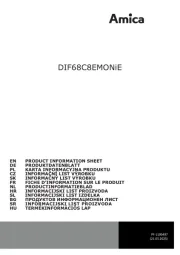
19 Oktober 2025
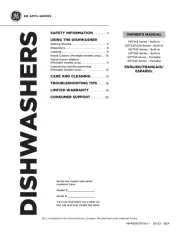
18 Oktober 2025

18 Oktober 2025
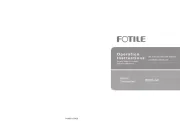
18 Oktober 2025

18 Oktober 2025
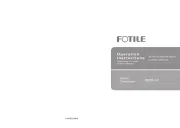
18 Oktober 2025